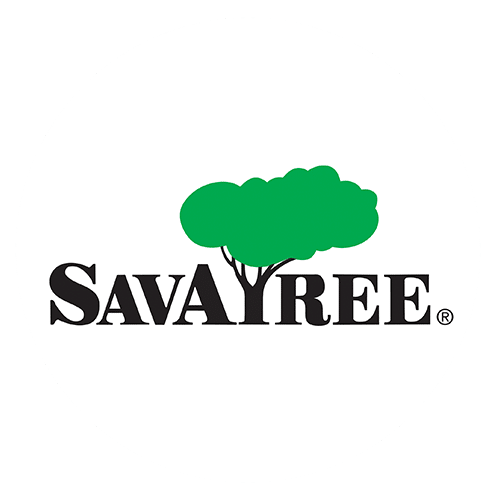Afton, MN Lawn Care & Tree Service
12450 Hudson Road SAfton, MN 55001
(651) 964-4001
[email protected]
Spring Lake Park, MN Lawn Care & Tree Service
8430 Sunset Road NESpring Lake Park, MN 55432
(763) 465-4800
[email protected]
Spring Lake Park, MN Tree Care & Lawn Care Team
- Brock Eastlund – serving commercial properties in the Minneapolis-St. Paul metro area.
- Teddy Paterson – serving commercial properties in the Minneapolis-St. Paul metro area.
Afton, MN Tree Care & Lawn Care Team
- Guy Carlson – serving properties in Woodbury and Lake Elmo, MN.
- Curtis Frandrup – serving properties in Hastings, Woodbury & Cottage Grove, MN.
- Michael Sombrio – serving properties in Stillwater, MN.
- Mike Anderson – serving properties in Hudson, River Falls, Prescott, New Richmond & Somerset, WI.
- Scott Henke – serving properties in Afton, Lake St Croix and Hudson, WI.
- Jake Olp – serving properties in Eagan & Inver Grove Heights, MN.
- Ryan Mack – serving properties in Mahtomedi, Marine on St. Croix & Oakdale MN.
- Colton Meyer – serving properties in Shoreview, Roseville, Arden Hills, New Brighton, and Mounds View, MN.
SavATree lawn care services in Minnesota include:
- Organic lawn care
- Hybrid lawn care
- All-nutrient lawn care
- Integrated lawn care
- Seeding and new lawn services
- Soil analysis & aeration
- Weed control
- Custom blend fertilizer
- Lime application
- Insect control & grub management
- Lawn disease treatment
Minnesota Commercial Tree and Lawn Care
SavATree also provides commercial tree and lawn care programs that can maintain the beauty, health and safety of the trees and lawn on your business property. We have over 20 years of experience working with commercial and municipal properties including historic properties, corporations, golf courses, property management firms and homeowners associations. If you are ready to schedule an appointment with a certified arborist in Minnesota, call us today!





